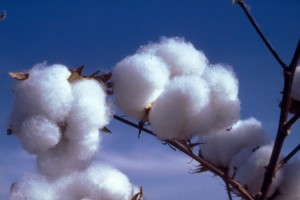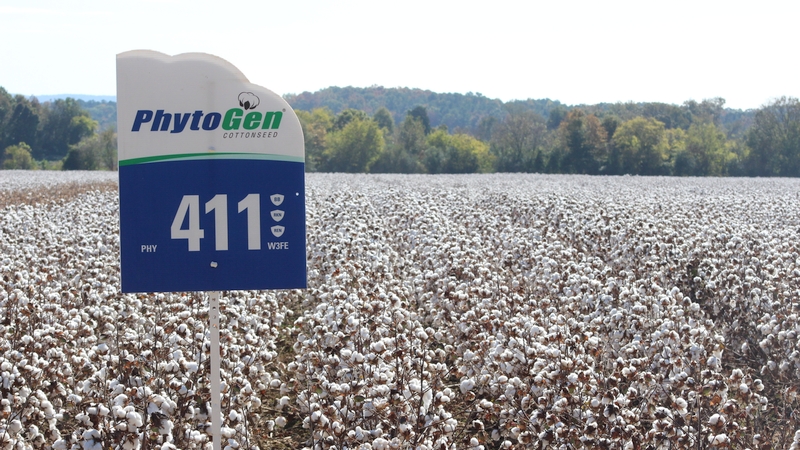Cleveland: Explaining the Irrational Movements in the Cotton Market

The depth of the world financial community’s concerns over the world economy was evidenced this week as cotton experienced two limit-up days, in sympathy with very strong increases in the DOW and other agricultural commodities. The driving force can be credited to the decision of the Chinese government to lower the country’s interest by .25 of a percent! That was enough to signal to traders that China was willing to stimulate their economy and get more money in the hands of its consumers.
How does cotton move limit up during one trading session, much less for two consecutive sessions, without the benefit of any change in cotton fundamentals? Once market fundamentals drove cotton prices below 75 cents I had attempted to reason that the market had moved low enough for mills to find very good profitability and that the market should hold at that level. Yet, the market was further swamped with very bearish trading that took prices lower and lower, finally culminating on Tuesday with a new life of contract low in the December contract at 65.26 cents – the lowest price in some 30 months. Yet, the “outside forces” highlighted over the past two weeks were mainly a laundry list of concerns regarding world economic health – Greek debt (actually European), the weakening U.S. stock market (U.S. economy), and trading sympathy with other agricultural commodity markets. As a result, cotton prices fell another ten cents, totally disregarding cotton’s stand-alone fundamentals.
This was cotton’s week to regain some of the trading losses that had accumulated during the emotional trading that had initially taken prices below the 70 cent level. The world cotton surplus is a bear on the back of prices. The surplus is record large in actual numbers and in terms of its stocks-to-use ratio. While the market adage, low prices cure low prices, will work in favor of higher prices, that will take most of a season to fully mature. More importantly, as to why one cannot be anything but short term bearish on cotton, is the renewable energy policy of the U.S. The decision of the U.S. to require at least ten percent ethanol in gasoline directly dictates that between forty to forty-five percent of the U.S. corn acreage must be devoted to industrial use and not for human consumption. This guarantees that the cotton to corn price ratio remains clearly in favor of corn acreage. That, coupled with the continued world vegetable oil shortage, ensures that the cotton to soybean price ratio will remain strongly in favor of planting soybeans on what historically was cotton ground. Thus, cotton prices can and will suffer in 2012-13, but will again approach the 80-95 cent level most likely in 2013-14. Cotton prices must remain at least somewhat competitive.
Cotton fundamentals do matter. Market prices will be determined by supply and demand. Yet, in times of major economic uncertainty, such as what we are experiencing now, and something the vast-vast majority of us have never before witnessed, we have discovered that daily and very short term price discovery can be anything but rational.









